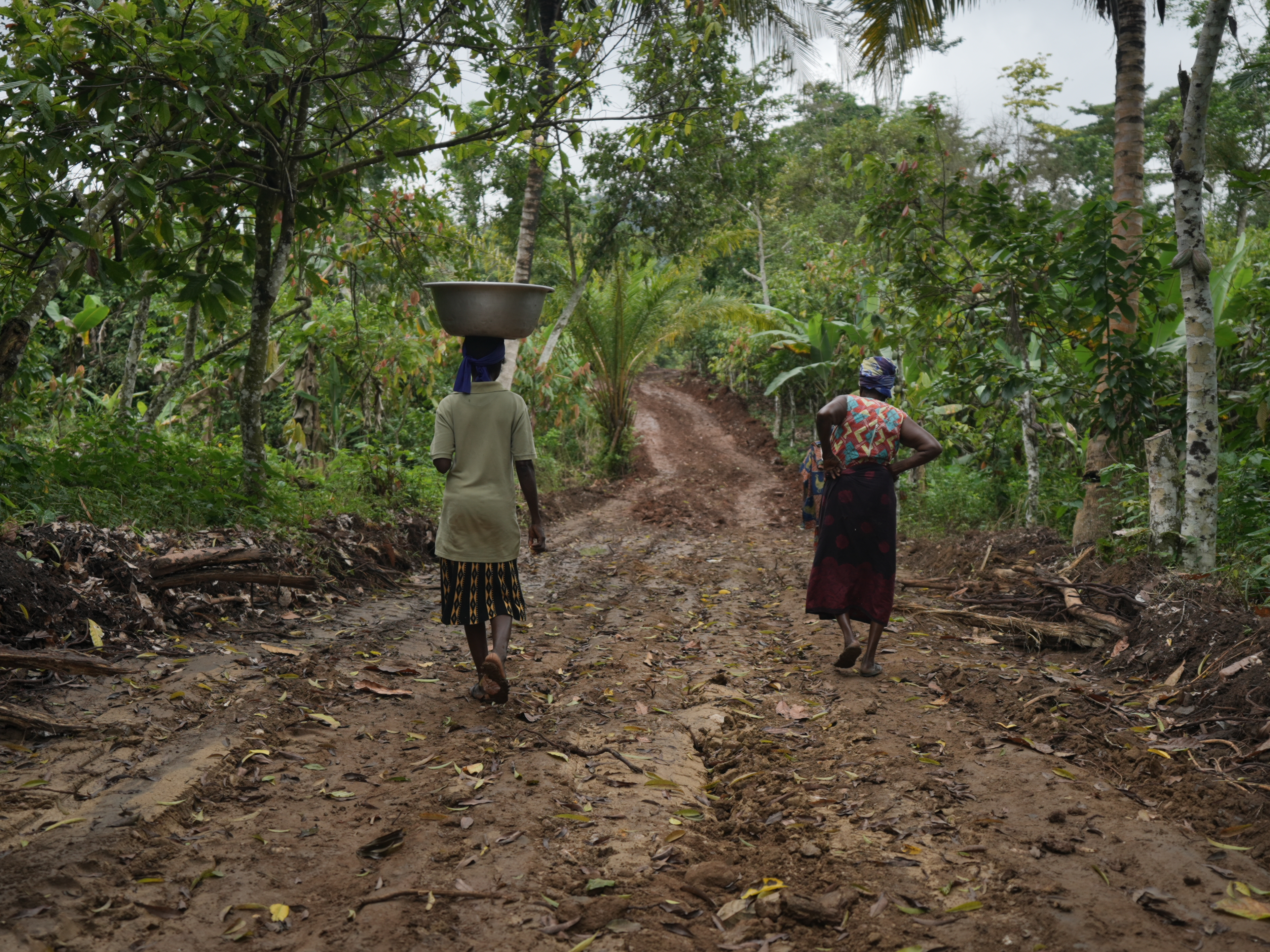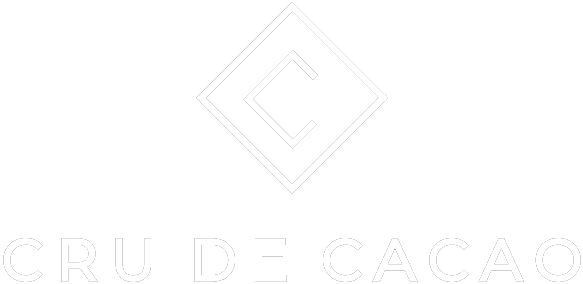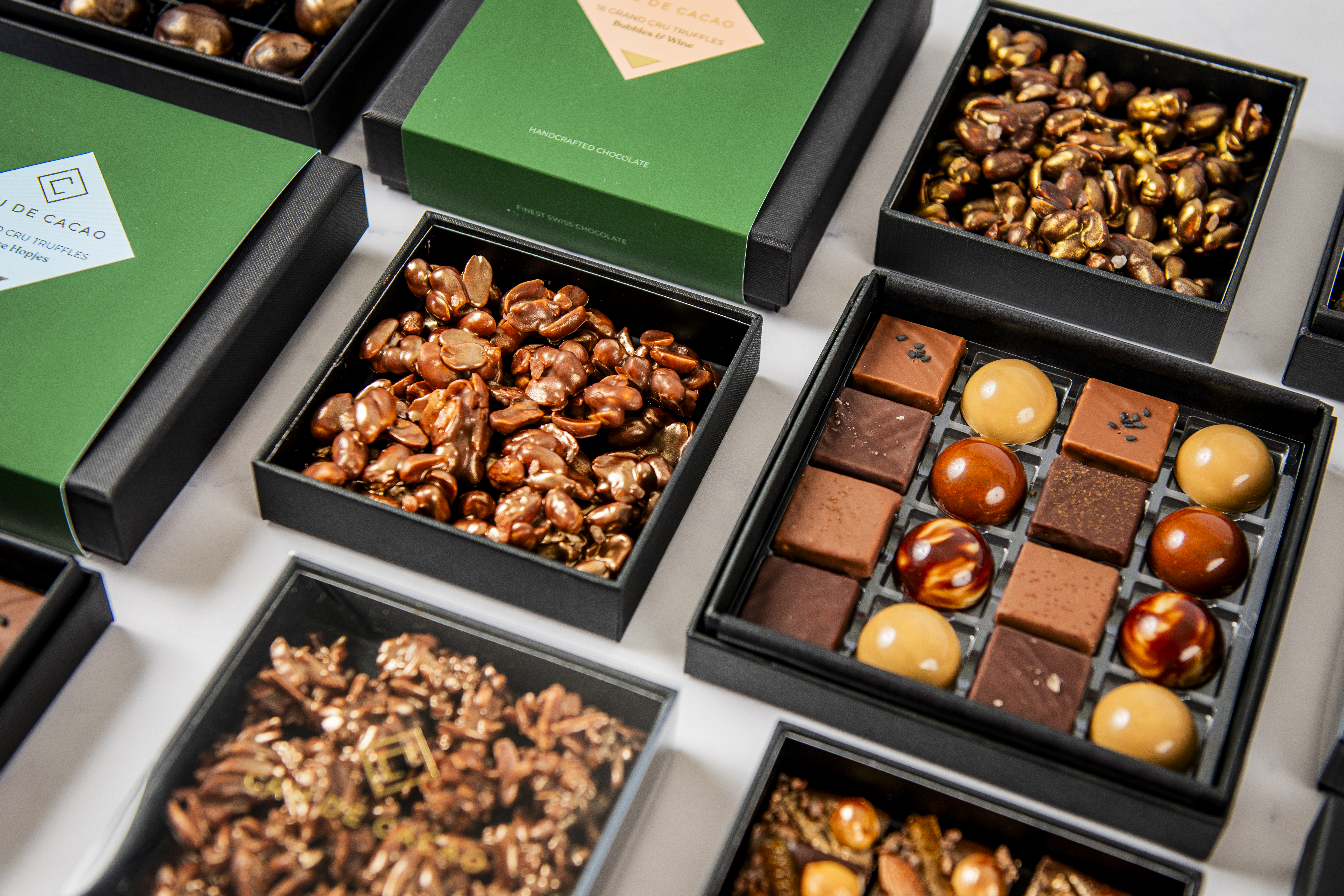29/04/2024

How is the price of cocoa determined?
The cocoa price is not just an interplay of supply and demand, but is determined by several factors. In a country like Ghana, the government determines the minimum price to be paid to a farmer. Then the value of cocoa is determined on the stock market. In exceptional cases, chocolate manufacturers buy cocoa directly from the farmer. How exactly this works is explained below.
World market
The price paid for cocoa comes about in different ways. In Ghana, for example, the government determines seasonally what the minimum price is for 1 ton of cocoa beans (1000 kg). Because of the sharp rise in cocoa prices on the New York and London stock exchanges, the Ghanaian government raised the minimum cocoa price. Normally the minimum price is set in September, but this year the price was revised as early as April. From April 5, 2024, a minimum of GHS 33,120 must be paid in Ghana for 1 ton of cocoa beans. This is converted to EUR 2,364. Per 64-kg bag of cocoa beans, this amounts to EUR 151. Broker The cocoa farmers do not trade their beans themselves on the exchange. Often they are affiliated with a local cooperative.
Brokers
Buy the cocoa beans from different cooperatives. Depending on how fragmented the trade chain is in a country, there may be as many as 10 traders operating between the cocoa farmer and the exchange. They all need to earn a living from cocoa. Hence, the price paid to the farmer has been under pressure for years and is not sufficient for a livable income.
Once on the stock market, chocolate manufacturers (relative to the price paid to the farmer) are charging heavily for cocoa. If we compare the minimum price in a country like Ghana to the stock market value of cocoa, the conclusion is that the price is roughly 4.5 times over.
Fair Trade
In addition to "regular" cocoa beans, Fairtrade certified cocoa beans are also traded through the stock market. On average, Fairtrade cocoa beans are paid 10% more than their stock market value. The cocoa farmer who sells Fair Trade certified cocoa beans can also receive a higher price, but this depends heavily on the demand for Fairtrade cocoa beans. Moreover, the industry is allowed to mix Fair Trade and non-Fair Trade cocoa beans in the production process. More about the Fair Trade price soon in another blog.
Direct trade
Fortunately, things can be done differently. Our cocoa beans come from direct trade with cocoa farmers, also known as "Direct Trade. This means that chocolate manufacturer Felchlin (link) trades directly with cocoa farmers. In doing so, Felchlin follows a set of principles, namely "Fair Direct Cocoa" principles. Simply paying a fair price is not enough. The Fair Direct Cocoa principles:
- cocoa beans are only purchased from the farmer or local cooperative if the origin is known and the cocoa is grown according to strict environmental requirements;
- the cocoa price is negotiated with both the farmer and the local cooperative on an equal basis; the cocoa price is far above the price determined on the exchange, because good working and living conditions of the cocoa farmer require a fair price;
- there is no child labor;
- the purchase of cocoa beans and the price is fixed for two to three years;
- and the cocoa farmer is helped to grow cocoa beans in harmony with nature.
What does the high cocoa price mean for the price of chocolate products?
That the rise in cocoa prices affects the price of our chocolate products is a given. In price agreements with cocoa farmers, Felchlin uses the exchange price as a basis. Now that long-term contracts between Felchlin and the cocoa farmers have recently expired, this means that Felchlin also has to pay more for cocoa.
In effect, our chocolate products are being hit twice. Cocoa is the basic ingredient for a chocolate bar, for example, but cocoa butter is also needed in addition, so that the chocolate melts nicely. Cocoa butter is also made from cocoa beans and will therefore also become more expensive. To cut costs, large chocolate manufacturers will choose palm oil. A product that is bad for the environment because it causes a lot of deforestation. Fortunately, Felchlin continues to use high-quality cocoa butter. The consequence is simply that all our chocolate products also become more expensive. But premium quality chocolate made with care for people and the environment is worth a higher price!


